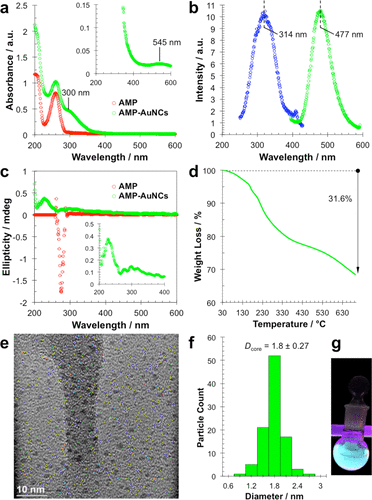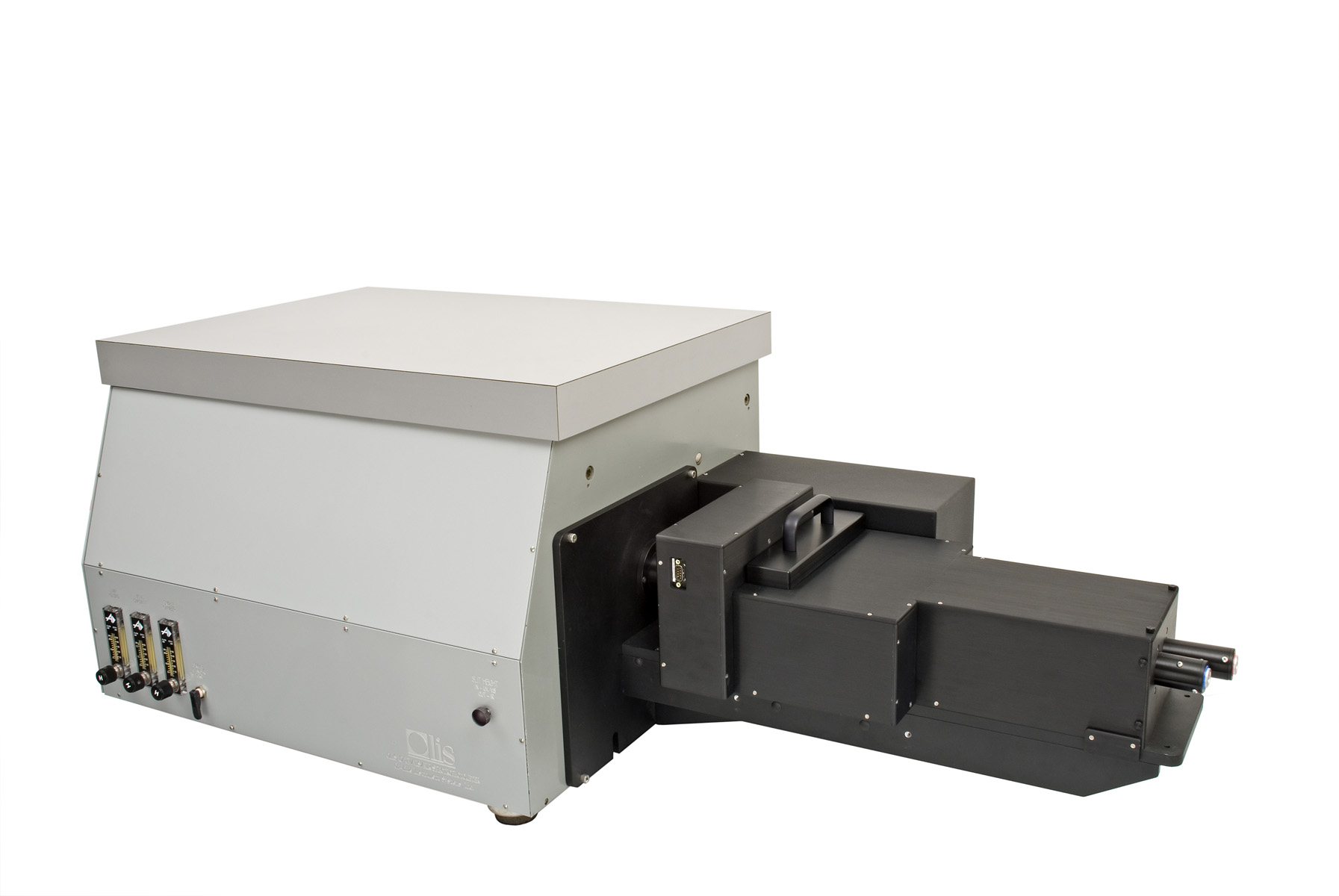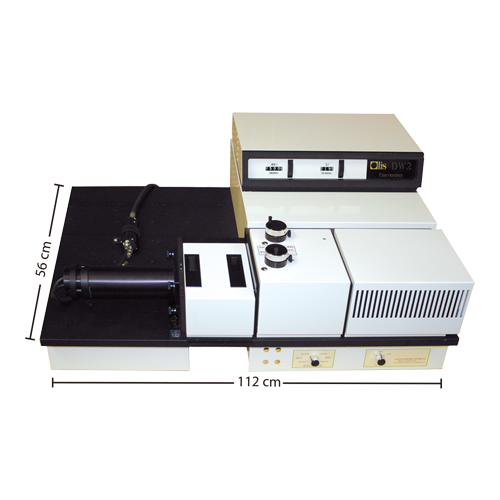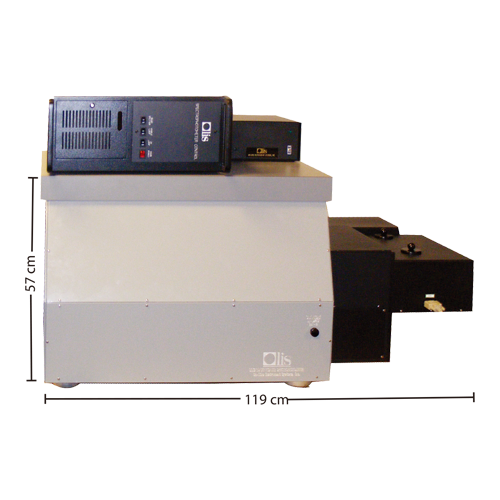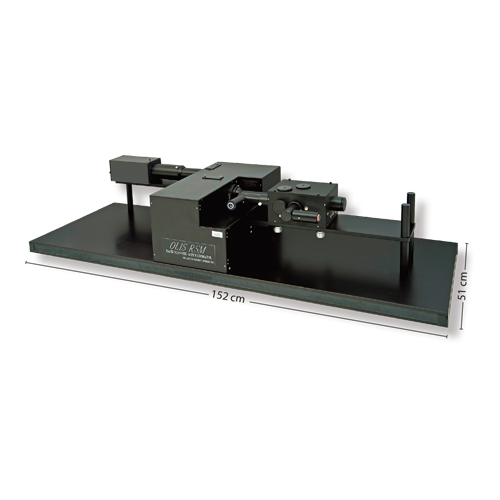Amplification of Chirality by Adenosine Monophosphate-Capped Luminescent Gold Nanoclusters in Nematic Lyotropic Chromonic Liquid Crystal Tactoids
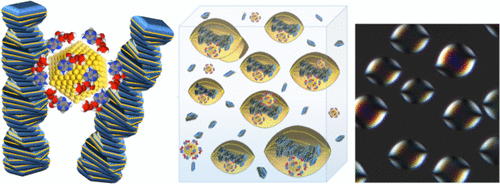
Amplification of chirality across length scales is a key concept pertinent to many models aiming to unravel the origin of homochirality. Tactoids of lyotropic chromonic liquid crystals formed by DNA, dyes, and other flat ionic molecules in water in the biphasic nematic + isotropic regime turn out to be a particularly relevant system to investigate chirality transfer and amplification. Herein, we present experiments to determine the amplification of chirality by luminescent gold nanoclusters decorated with adenosine monophosphate inducing chiral nematic tactoids formed by disodium cromoglycate in water. Polarized optical microscopy investigations of the induced homochiral tactoids reveal that adenosine monophosphate shows a higher optical activity when bound to the surface of such gold nanoclusters in comparison to free adenosine monophosphate, despite a three-time lower overall concentration. Free adenosine monophosphate also induces the opposite chiral twist both in the bulk nematic phase as shown by induced thin film circular dichroism spectropolarimetry and in the tactoids in comparison to adenosine monophosphate bound to the gold nanocluster. Overall, these experiments demonstrate that lyotropic chromonic liquid crystal tactoids are powerful systems to image and quantify chirality amplification by key biological chiral molecules that would have played a role in the origin of homochirality.
https://pubs.acs.org.ccindex.cn/doi/full/10.1021/acsomega.8b03335

